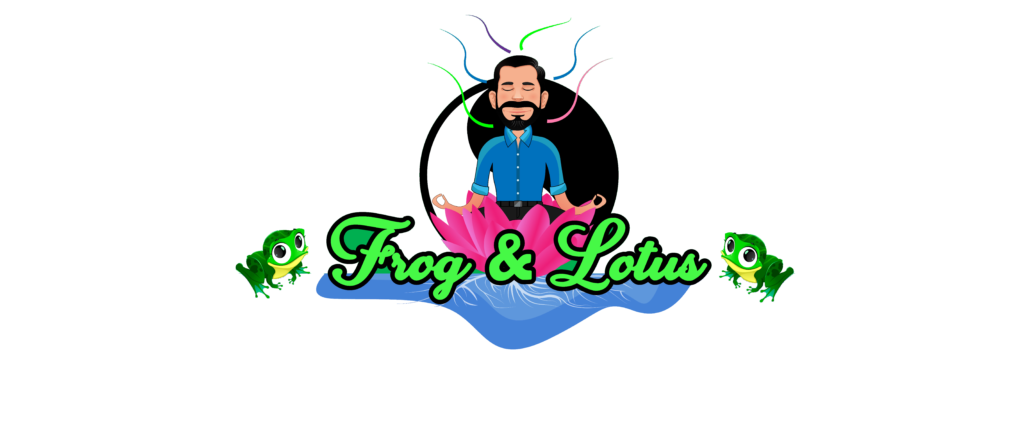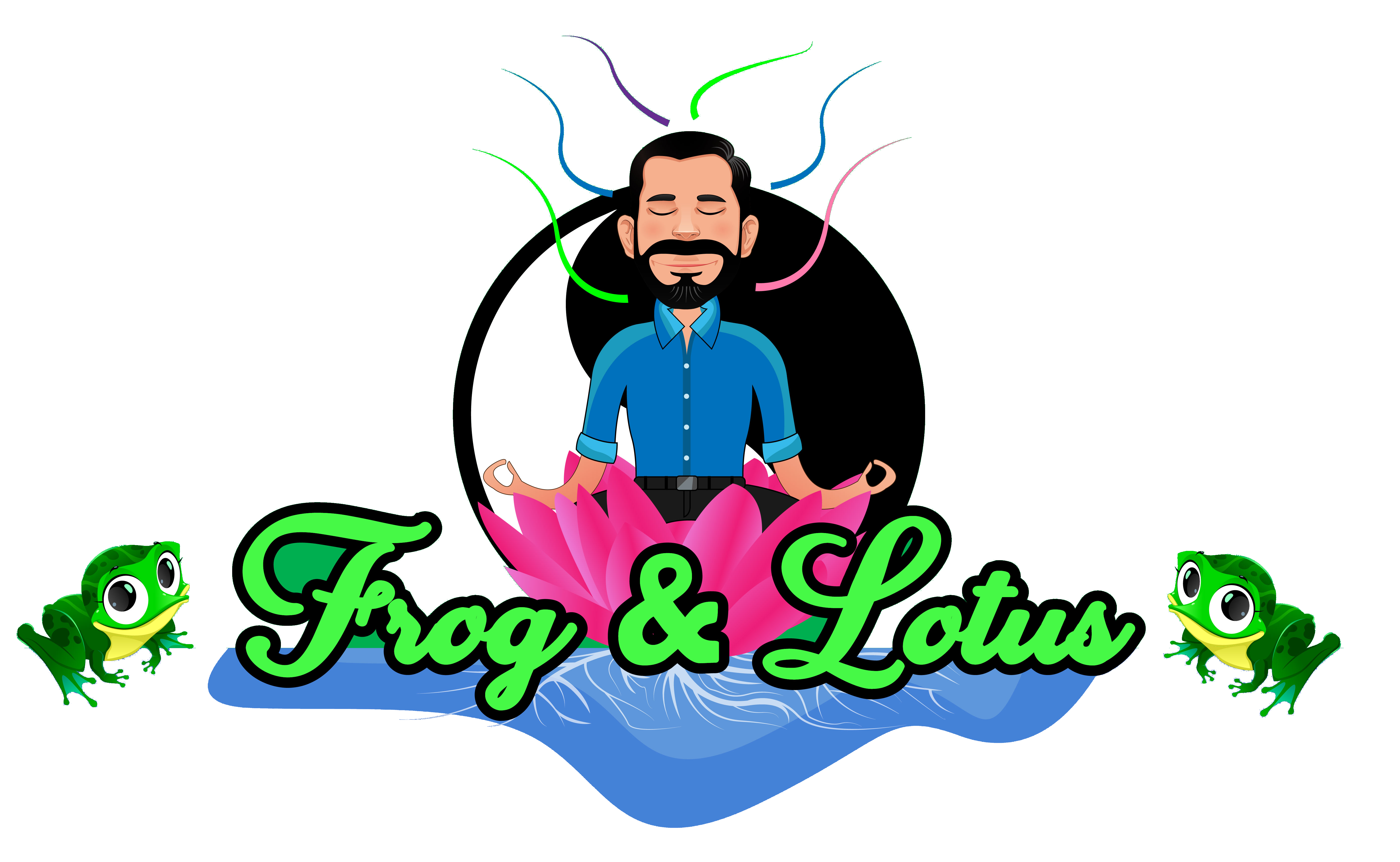I’m nearing the end of my reading of Autobiography of a Yogi (AOAY), by Paramahansa Yogananda. I’ve been working on it for over a month as it is lengthy and deep. This has been a book where I’ve had to look up words on just about every other page. Amazing, considering that English is a second language for the author. I’ve said this before, and it’s worth repeating, this will go down as one of my most impactful reads of 2021. Yogananda’s perspective and this deep dive into Hindu culture and religion has completely opened my mind and helped me understand the fundamental differences between East and West. Prior to this book, I read both the Baghavad Gita and the Upanishads which were scriptural introductions for me. But AOAY gave me an experiential account of this way of life through the telling of the life of Yogananda and the gurus that molded him into the spiritual leader he became. It helps that there are several people I know and trust that have also been inspired by this book. (See Day 26.)
There is a great thread of masters that shaped Yogananda. His guru was Sri Yukteswar, who was taught by Lahiri Mahasaya, taught by Babaji, also known as the deathless saint before him. I cannot begin to tell the story of how these masters lived their lives and ultimately passed their teachings on to Yogananda as well as many others. I highly recommend reading the book for that. This is not one to skim, speed read, or get the Cliff Notes on. This book is an experience itself.
The chapter I read this morning was concerning the resurrection of Sri Yukteswar. In this part of the story, Yogananda’s guru returns to share his account regarding what happens after his soul permanently leaves his earthly body. I won’t spoil the details for you here. But I will share that he goes into so much more detail than anything I’ve ever experienced as an untrained, layman seeker. This story is not disconnected from other religions. More specifically, it is very closely aligned with Christianity and the teachings of Jesus Christ. Yogananda references the Bible and The New Testament throughout the book. Many of the incredible miracles that his line of gurus performed may offer further insight to Christian believers with any degree of doubt about their spirituality. This story, like any other, requires faith and trust in the absence of direct experience.
There are many parallels between Hinduism of the East and Christianity of the West as AOAY points out. I’d be remiss if I failed to acknowledge my Stars Wars fan friends as part of this post. That’s because I could not help but also see the parallels to the fictional Jedi religion that is central to that story. First of all, Obi Wan Kenobi explains to Luke Skywalker that, “The Force is what gives a Jedi his power. It’s an energy field created by all living things. It surrounds us and penetrates us, it binds the galaxy together.” Sounds God-like to me. Then we have midi-chlorians which, in the Star Wars universe, are the tiny intelligent particles that live inside the cells of living beings. The Force acts through the midi-chlorians. The Jedi master allows him or herself to be guided by the Force and learns to move objects using only the mind and project themselves outside of their bodies, even after their physical death. It’s quite obvious to me that George Lucas was tapping into the same lessons Yogananda learned when he created the Star Wars universe. It has become a deep part of my generation’s culture. There has always been something about the Star Wars movies that has been able to penetrate the fan’s soul. Over the past month, Yogananda’s story helped me see that perhaps that story is not quite the fiction that we may have once thought it to be. Check out Autobiography of a Yogi and let me know what you think. I’d love to hear from you on this one!
Photo by Frank Holleman on Unsplash


